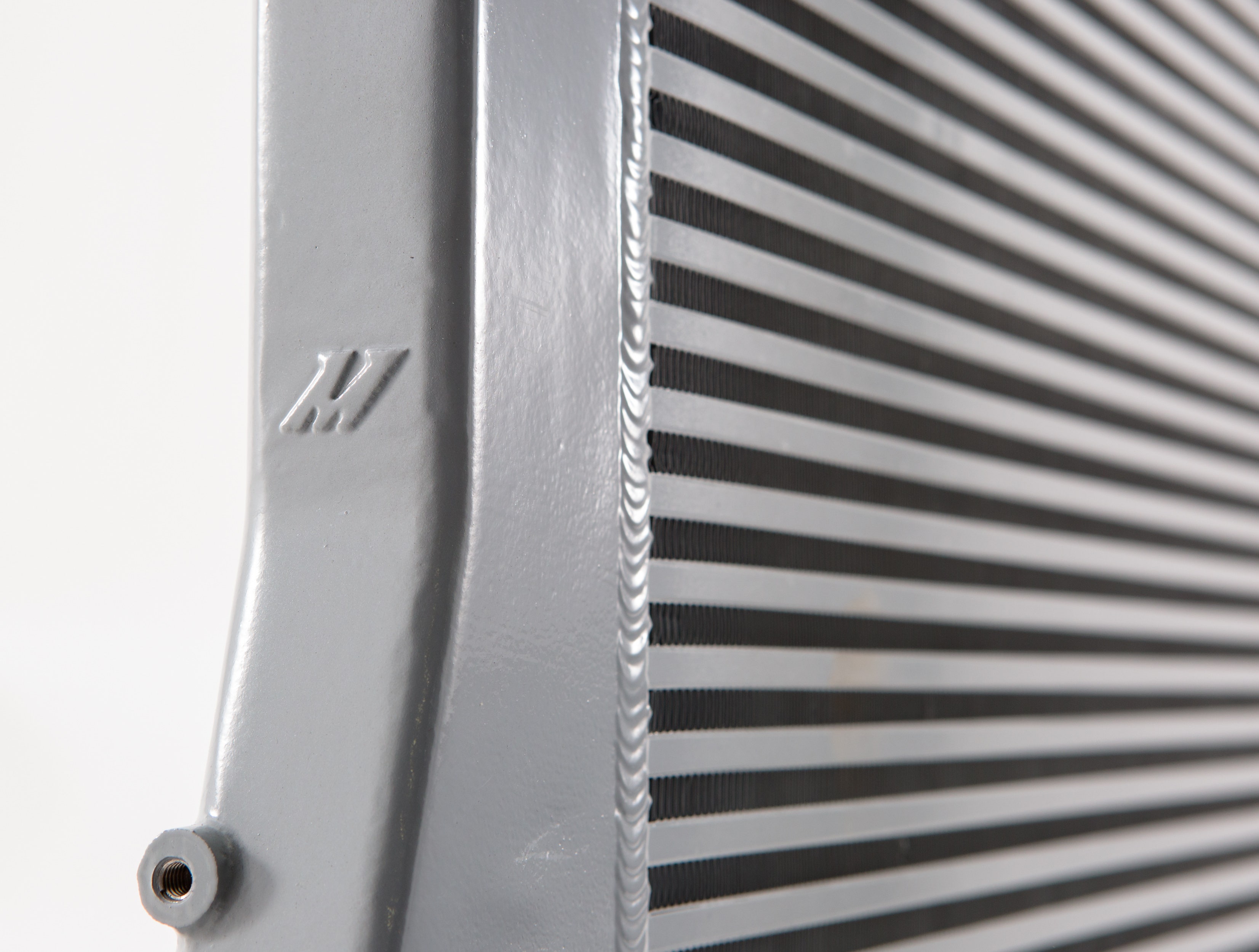
Poster Boy - Performance Intercooler R&D, Part 3 - Production Sample
Big things come in small packages, so the saying goes. I would venture to guess that if you're reading this then you already know that is the general concept behind the GTI and Golf R. The turbo four-cylinder coupled with a stiff suspension guarantees a stellar smiles-per-mile rating. Given that the MK6 has become the figure head of the VW modification scene, plenty are wondering how to make this small hot-hatch seem even bigger. This just happens to be the thought process behind our new intercooler design.
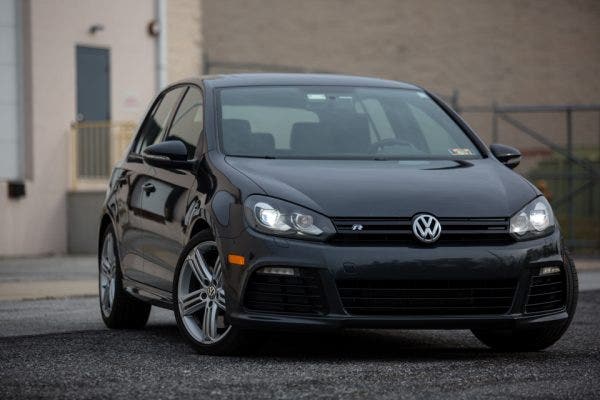
The MK6 Golf R is the prime example of big things coming in small packages. Sporting a powerful 2.0T along with Volkswagen's 4Motion, subtly aggressive styling, this hatch is a wolf in sheep's clothing. This particular R happens to be a our test rig for the new intercooler design.
Our last update for this project left you with the foundation for our new design. To put it simply, it was the general structure and outline of our updated intercooler. We've since completed the draft with all the specific details.
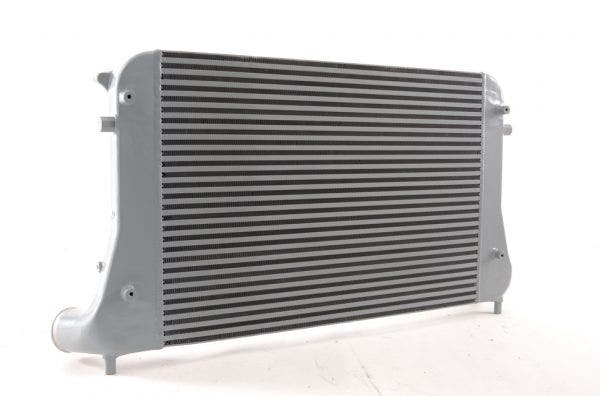
The first detail to work out was the core. If it wasn't already apparent, we didn't have much space to expand into, not to mention there's a pesky direct O-zone reduction catalyst temperature sensor embedded into the radiator. In this case, we made the executive decision that instead of working around this sensor, we would eliminate it from the equation, limiting our fitment to vehicles not in the CBFA spec. In doing so, we could utilize every available millimeter and add some depth to our creation.
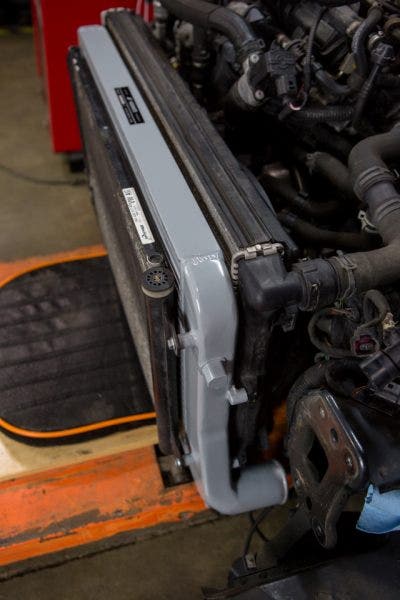
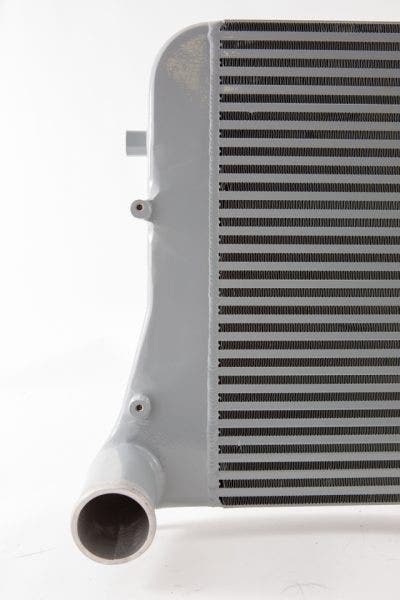
The augmented core is more than just size and depth. It's deeper than that. Given the location, there's already a huge external fin surface area, so upgrading the construction would be an added benefit. We traded VW's factory tube-and-fin core for a more robust bar-and-plate construction. This type of core construction might add some weight to the front of the car, but the trade off is vastly improved flow and heat dissipation characteristics. Both qualities are key for the 2.0T's performance, especially after a tune or ECU flash.
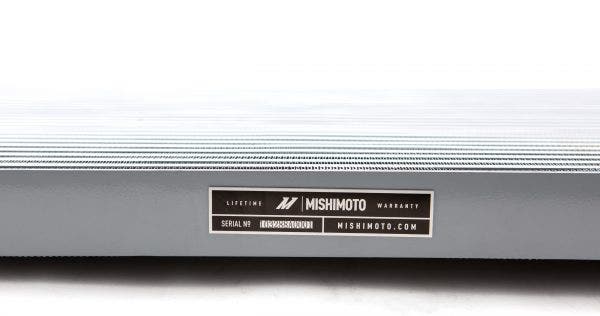
Improving on the end tanks were the next step. You might recall the sleeker outward appearance of our plastic 3D printed prototypes from the last post. This time they're the real deal. Employing the strength and lesser heft of aluminum, these end tanks ensure the smooth flow of charged air to and from the beefy new core. Given that the core is so tall, we integrated air diverters into these end tanks to ensure that all 27 rows are being used.
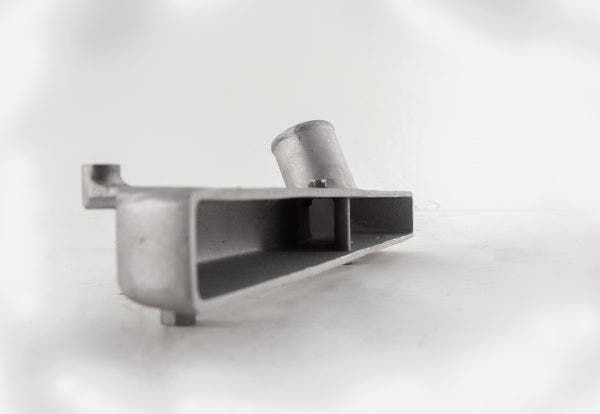
Part of improving airflow through this intercooler meant opening the size of the inlet and outlet ports. The main obstacle in making these adjustments, however, is the factory quick-disconnect fittings. Much like the DORC temperature sensor, we left this part of the factory design by the wayside, opting for a more traditional fitting. We also opted to include two fresh silicone couplers instead of the OEM rubber pieces to link the intercooler to the factory piping, for a slick and sturdy connection inside and out.
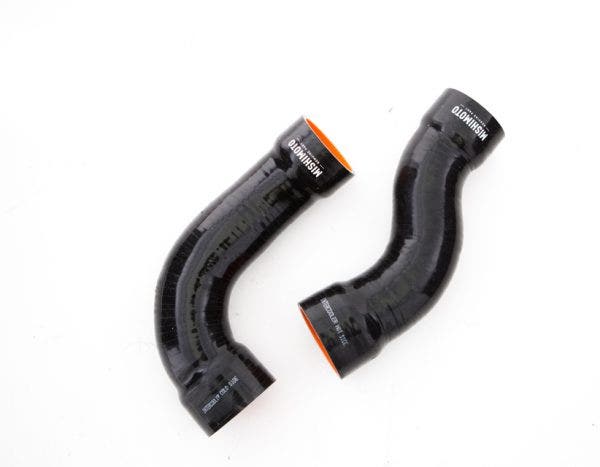
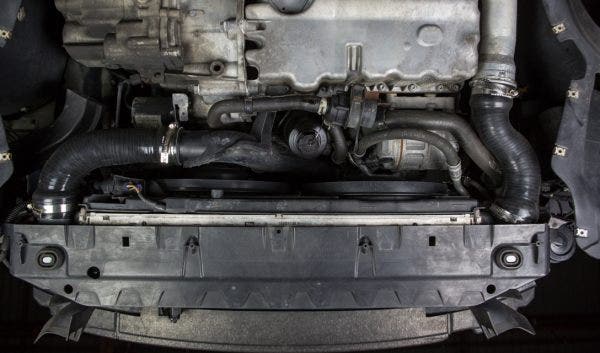
Thicker and more robust cores, along with slicker end tanks, are all tried and true methods of efficiently cooling charged air. Every engine reacts a little different to these changes, though, so stay tuned to see just how much extra punch you can expect from your MK6.
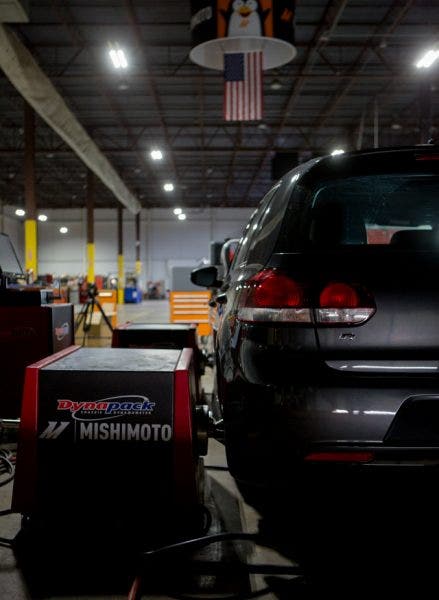
Thanks for Reading!
-Nick




